Back to basics – through the master's eye
You are continuously trying to improve all the processes on your farm, including the performance of your livestock. You discuss with your vet whether your calves are as healthy as they can be, whether you should vaccinate cows against Rotavirus and Coronavirus in their dry period, or whether you could improve the animals’ housing.
Sometimes, however, it’s good to take a few ‘steps back’ – to go back to the basics and identify and tackle potential problems at an early stage.
Of course, this involves some basic specialist knowledge, like the type your father had: he could see straight away if something was wrong with a calf. He used his master's eye to thoroughly examine the calf.
Every cattle farmer can do this, but sometimes you aren't aware of the origins of this basic knowledge. This basic knowledge is listed below, along with further details.
To recognize a sick calf, you first need to know what a healthy calf should look like and how it should behave.
A healthy calf:
- is inquisitive and alert
- has a shiny coat
- looks clean
- always wants to drink milk (or more milk)
- has stable, regular breathing
- visibly grows every week
- has healthy bowel movements
- has a plump belly
The most important factors to take into account are a calf's activity and alertness, the structure and colour of its faeces, its coat, its breathing, and if it is showing signs of pain. If these factors are positive, the calf is generally in good health.
In contrast, a sick calf may show one or more of the following symptoms:
Activity and alertness
- Lethargic
- Droopy ears
- Significant time spent lying down
- Little or no feed or water intake
- Separating itself from the group
Structure and colour of faeces
- Discoloration of faeces
- Diarrhoea
- Blood in faeces
- Mucus in faeces
Coat
- Soiling itself
- Dull coat
- Long, upright hairs
- Scratching behind its ears with its hind legs
Breathing
- Irregular breathing
- ‘Rattling’ in breathing (pulmonary infection)
- Runny nose
- Coughing
Pain
- Arched back
- Head tilt
- Lameness
These symptoms indicate that a calf is not entirely healthy, while the nature of symptoms will indicate the possible causes of the disease. Symptoms associated with breathing, for example, have a completely different cause from diarrhoea symptoms.
If you can determine the cause based on these symptoms, you can start the appropriate treatment more quickly in order to get the calf back on its feet as soon as possible.
In summary, the most important basic skills in successful calf rearing are the ability to identify what a healthy calf should look like, any changes in normal calf behaviour, and the causes of any problems (based on symptoms), and to start the appropriate treatment as quickly as possible.
If you have mastered these basic skills, you can avoid many problems and will not have to resort as quickly to other measures such as the use of antibiotics and vaccinating cows in their dry period.
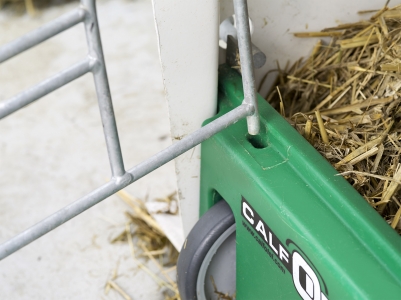
Share this message

Special offer! CalfOTel Milkfeeder
CalfOTel closes the year 2020 with a special offer! Until the end of the month December you receive a discount on the new CalfOTel Milkfeeder.

CalfOTel Open Top Premium wins Innov’SPACE!
CalfOTel has won a 2020 Innov’SPACE for the Open Top Premium Single and Duo! Our colleague Jean Bernard Béranger received the award yesterday....
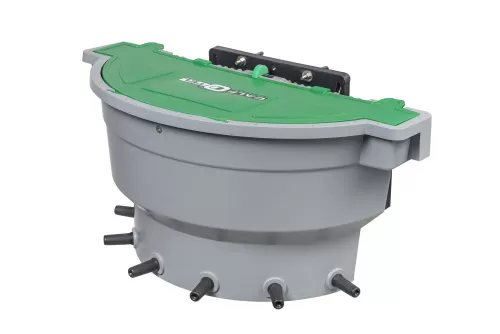
New products!
CalfOTel launches not one but three new products, among which a new line for indoor accomodation. These calf pens are suitable for dairy farmers who want to keep calves indoors or under a roof. The products were developed on the basis of...

More growth and health in outdoor housing
Thorough calf rearing is essential for good performance as a dairy cow. With a high feeding regime and an all-in, all-out housing in small, fixed groups, calves perform best. For example, research by Dairy Campus/WUR with 224 breeding calves in...
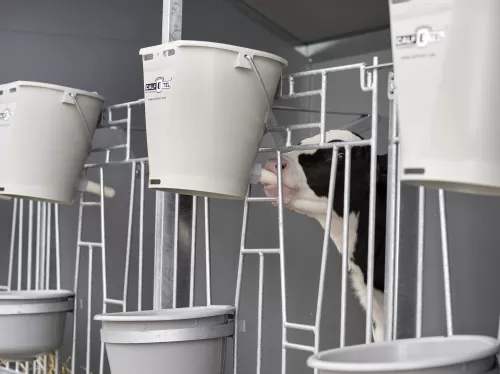
Hand-feeding better for calf’s health
Hand-feeding a calf is labour-intensive. You have to mix water and milk powder, lift buckets and then fill the teat buckets several times a day. An automatic milk feeder can save you a lot of work. However, this study has shown that calves that...
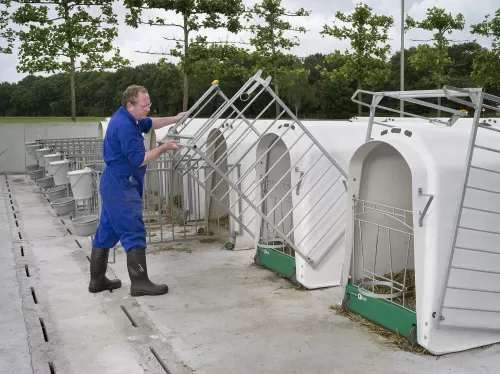
The CalfOTel systems save labour
The calf-rearing period, between 0 and 4 months, demands more labour than any other time. You can save approximately 20% on this labour by using solid hutches with the right set-up and accessories. During the development of our calf housing, we...
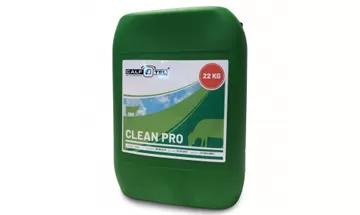
Cleaning calf hutches an easy job with CleanPro foaming product
A calf is continuously surrounded by micro-organisms. Only a few of those are true ‘pathogen’ and can, therefore, cause diseases. In order to keep these pathogens away, we aim for the highest possible level of hygiene. ...

1,000 grams of growth with correct nutrition and housing
Calves that are fed and housed well can grow by as much as 1,000 grams per day during the milk period. It is not just the cattle farmer’s awareness and efforts that play a major role, so do the right housing and approach.
